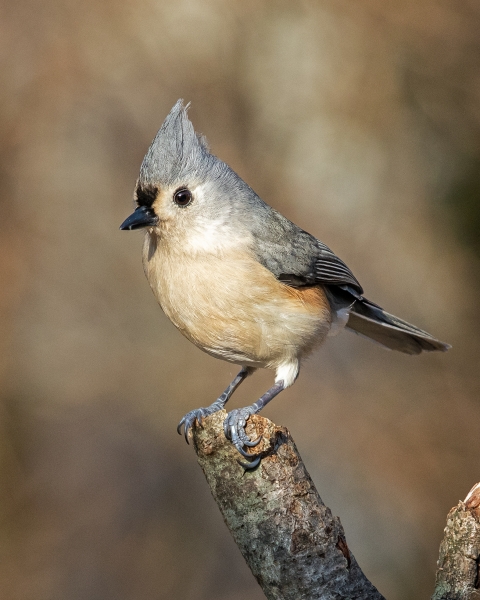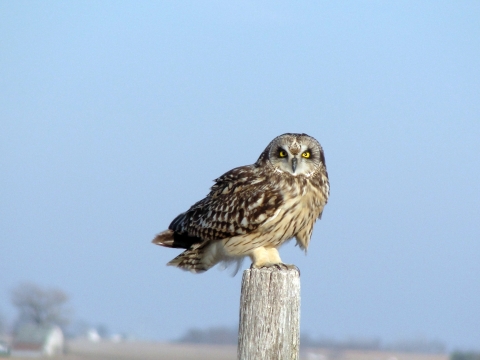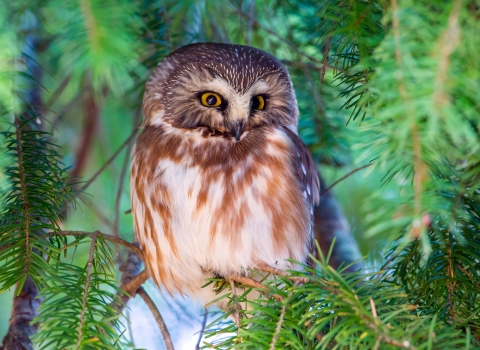On a calendar, Christmas might appear as one day, but if you are a bird watcher, the Audubon Society’s annual Christmas Bird Count (CBC) is actually a 23 day event. The CBC is one of the world’s oldest and longest-running citizen science efforts. The count takes place from December 14 to January 5. It is organized into circles, and each circle counts as many birds as possible on one day, either on a predetermined route, or at their backyard bird feeder. Data is compiled, and used to learn about long-term bird trends. The data collected has been used in many reports and publications, such as the State of the Birds Report, which the Service produces.
History
The CBC began on Christmas Day, 1900. Previously, many families would have Christmas hunting competitions — known as side hunts — to see who could kill the most birds. Frank Chapman, an early Audubon officer, wanted to offer an alternative. The first count took place in 25 locations, from California to Canada, counting 90 different species.
This idea clearly caught on. This was a time of growing awareness of bird conservation, culminating with the signing of the first Migratory Bird Treaty, so it came at the right time, and touched a chord with people. Today, there are thousands of bird circles, in all 50 states, and 20 foreign countries, with tens of thousands of participants, and tallying millions of birds each year!
The impact goes beyond just numbers. Christmas Bird Count data helps us better understand birds so we can better protect them!
Get Involved
By now, you might be wondering on how you can be a part of this tradition (if you aren’t already). It is pretty simple. You can find a circle near you, and get in touch with the circle lead to find out the day of the count and determine whether you will follow a route or monitor your feeder. After the data is collected, it is sent to your compiler, and added to a report. You are welcome to participate in as many circles as you wish (or are available).
Many cities, rural areas, as well as most of our National Wildlife Refuges will be hosting Christmas Bird Counts; check out refuges or other USFWS facilities near you that may be participating.
“The majority of refuges are within a Christmas Bird Count circle, which is wonderful because CBCs are one of the world’s oldest examples of citizen scientists contributing to wildlife conservation,”
says Mike Carlo, a visitor services specialist for our National Wildlife Refuge System who is also an avid birder.
“If we had not had a Christmas Bird Count in those early years, we would not have as strong an understanding of long term bird trends. Many of these changes take place gradually.” - Chan Robbins, legendary biologist, retired USFWS employee, and creator of the North American Breeding Bird Survey
It is a busy time of year, but if you want to start a new tradition that gets you outside, contributes to bird conservation and understanding, and helps build lifelong relationships, consider being part of the Christmas Bird Count this year!
Disclaimer: The U.S. Fish and Wildlife Service is not responsible for content posted on Audubon websites, nor are links to any non-federal channels an endorsement by the U.S. Fish and Wildlife Service, Department of the Interior, or U.S. federal government. The U.S. Fish and Wildlife Service included hyperlinks to the Audubon Christmas Bird Count website solely for the limited purpose of providing additional information about the Christmas Bird Count and does not endorse other information, appeals, or other content that may be included on the website.





